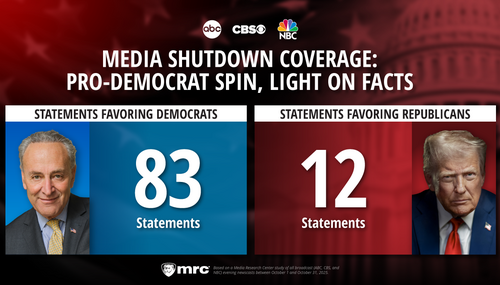On Tuesday, the National Oceanic & Atmospheric Administration announced that "Greenhouse gases likely accounted for more than half of the widespread warmth across the continental United States last year."
Yet, NOAA ignored the fact that the primary GHG global warming alarmists point to as the cause for rising temperatures, carbon dioxide emissions, actually declined in 2006.
How did they miss that little detail?
Regardless, let's first look at the announcement from NOAA (emphasis added):
Greenhouse gases likely accounted for more than half of the widespread warmth across the continental United States last year, according to a new study by four scientists at NOAA's Earth System Research Lab in Boulder, Colo. Last year's average temperature was the second highest since record-keeping began in 1895. The team found that it was very unlikely that the 2006 El Niño played any role, though other natural factors likely contributed to the unusual warmth. The findings will appear September 5 in the Geophysical Research Letters, a publication of the American Geophysical Union.
[...]
The NOAA team also found that the probability of U.S. temperatures breaking a record in 2006 had increased 15-fold compared to pre-industrial times because of greenhouse gas increases in Earth's atmosphere.
Before we look at the CO2 emissions, isn't it interesting that a naturally occurring El Niño, which many climatologists view as key to warming cycles in the northern hemisphere, was discounted as the culprit?
Moreover, I guess NOAA hasn't gotten the changes from NASA about 2006 and 1998 now being cooler in the U.S. than 1934. Or am I splitting hairs?
Yet, most important is how NOAA ignored the May 2007 report from the Energy Information Association concerning CO2 emissions for 2006 (emphasis added throughout):
- U.S. energy-related CO2 emissions declined in absolute terms -from 5,955 million metric tons (MMTCO2) in 2005 to 5,877 MMTCO2in 2006, a 1.3 percent decrease
- Emissions from natural gas and petroleum fell 1.7 percent and 1.5 percent, respectively, while coal emissions declined 0.9 percent
- Energy intensity (energy consumed per $ real GDP) fell by over 4.0 percent, as total energy demand declined 0.9 percent while the economy grew by 3.3 percent
- The total carbon intensity of the economy (CO2 per$ real GDP) fell by 4.5 percent, as the carbon intensity of the energy supply (CO2 per Btu of energy) fell in addition to the decline in the energy intensity
- The 2006 decline in carbon intensity is the largest since 1990 and the 4th largest since 1949
Pretty delicious, wouldn't you agree? But there's more:
Factors that helped the Energy-CO2 Emissions Decline
- Weather conditions were favorable for emission reductions in 2006 as both heating degree-days and cooling degree-days were lower than in 2005
- As 2006 enjoyed a mild winter, heating degree-days were down 7.4 percent
- In addition, the summer of 2006 was cooler than the summer of 2005 and cooling degree-days declined almost 1 percent
So explain to me if rising CO2 is responsible for rising temperatures, and CO2 emissions declined in 2006, how could 2006 be hotter than 2005, and how could it be caused by CO2?
I'd love the folks at NOAA to explain that, wouldn't you?
*****Update: The NOAA conclusions likely demonstrate the flaw of using climate models. For instance (emphasis added):
To assess the role of greenhouse gases in the 2006 warmth, the NOAA team analyzed 42 simulations of Earth's climate from 18 climate models provided for the latest assessment by the Intergovernmental Panel on Climate Change. The models included greenhouse gas emissions and airborne particles in Earth's atmosphere since the late 19th century and computed their influence on average temperatures through 2006. The results of the analysis showed that greenhouse gases produced warmth over the entire United States in the model projections, much like the warming pattern that was observed last year across the country.
For a final check, the scientists compared the observed 2006 pattern of abnormal surface temperatures to the projected effects of greenhouse-gas warming and El Niño temperature responses. The U.S. temperature pattern of widespread warming was completely inconsistent with the pattern expected from El Niño, but it closely matched the expected effects of greenhouse warming.
By using GHG data since the late 19th century, the model might have missed the fact that CO2 emissions declined in 2006. As the EIA report indicated, there's been a one percent average increase in CO2 emissions in this country since 1990. As such, the model that NOAA created might have thoroughly ignored the actual 1.3 percent decline in CO2 emissions for 2006 when it determined a correlation.
Therefore, it is conceivable that if the actual observed CO2 emissions for 2006 were entered into the equation rather than a model using over 100 years of data, the correlation might have been much weaker or even made moot. NOAA at that point might have been forced to conclude that El Niño had a much larger role in the 2006 temperatures in America than this report currently suggests.
Any comments?





